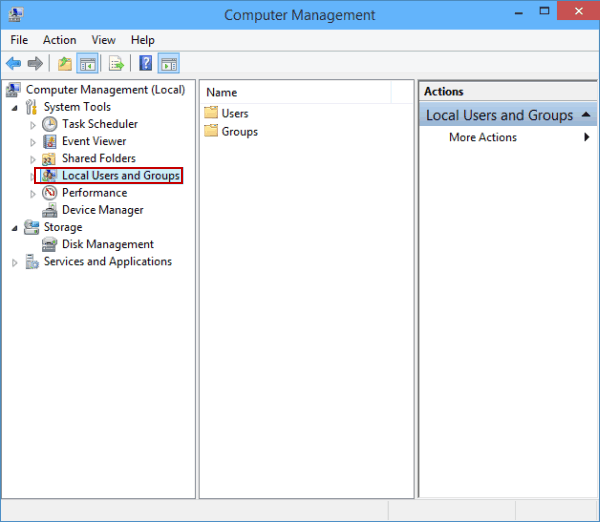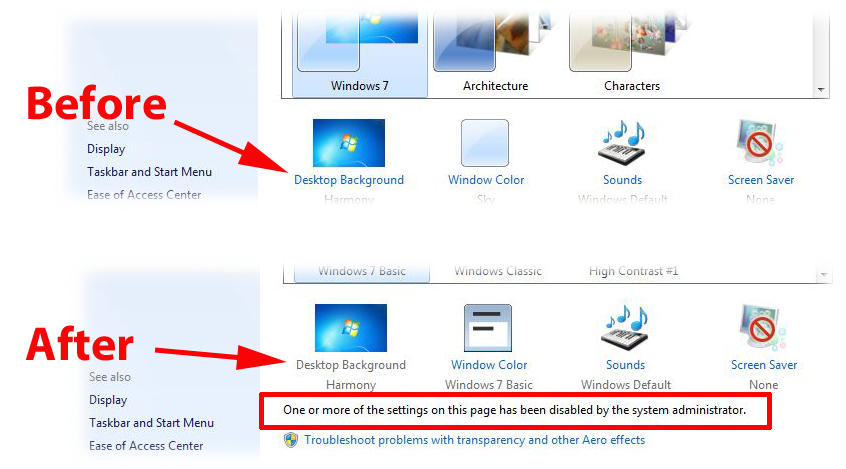
So the obviously question is how do you make sure that file that the desktop wallpaper uses is always available and easily accessible? Use a script and copy the file to the local hard drive. This is particularly obvious when someone logs on with a laptop not connected LAN. It also means that if the network path cannot be contacted when the user logs on all they will get is a black background wallpaper.
#Desktop groups windows download#
Simple put using a UNC path puts a lot of stress on network as it has to download file every time the wallpaper is loaded. TIP #5: DONT EVER USE A UNC PATH FOR A DESKTOP WALLPAPER… EVER!! As you can seen in the screen shots of the administrative template Desktop Wallpaper that they use the example of a UNC path. Now that you know the many options for configuring the Desktop Wallpaper via Group Policy the next thing you should consider is where is the wallpaper being stored. If you don’t do this the users wallpaper will be reset ever time they log off their computer as the key will be set back to the original value during each policy refresh.Ĭonfiguring the Desktop Wallpaper Storage Location If you chose to use the unrestricted registry key values then also make sure you chose the “Apply once and do not reapply” option. If you don’t do this you will find that your users will not be able to change their wallpaper even after the policy is removed as the policy registry key will not be removed. If you chose the restricted registry keys to configured the wallpaper then ensure you also select the “Replace” action and “Remove this item when it is no longer applied” common option is selected (see below). Tip #4: If you don’t configured the “WallpaperStyle” registry key then users will still be able to choose their own Wallpaper Style. Unrestricted: HKCU\Control Panel\Desktop\WallpaperStyle Restricted: HKCU\Software\Microsoft\Windows\CurrentVersion\Policies\System\WallpaperStyle Unrestricted: HKCU\Control Panel\Desktop\Wallpaper Restricted: HKCU\Software\Microsoft\Windows\CurrentVersion\Policies\System\Wallpaper locked) setting or an unrestricted setting that allows the users to make their own changes. Now depending on the registry key that you configure for this setting you can either have this as a restricted (a.k.a.
#Desktop groups windows windows#
To configured the Desktop Wallpaper the same as the “ Desktop Wallpaper” administrative template simply create two registry keys User Configuration > Preferences > Windows Settings > Registry (see below).

TIP #3: If you configure this setting you will need to wait for the user to logoff the computer before the background is updated. TIP #2: If you are configuring this setting I recommend that you use the “Fill” Wallpaper Style as this will work best with most screen resolutions (especially on Windows 7).
#Desktop groups windows install#
TIP #1: If you are running Windows 7/Server 2008 R2 pre-Service Pack 1 you will need to install hotfix for this setting to work. This setting can be found under User Configuration > Administrative Templates > Desktop > Desktop and is straight forward to configure as all you have to do is specify the explicit local path or a UNC to the image you want displayed as the desktop wallpaper (see below).īehind the scenes all this setting is doing is configuring the REG_SZ “Wallpaper” and the REG_SZ “WallpaperStyle” registry keys under the HKCU\Software\Microsoft\Windows\CurrentVersion\Policies\System path.


Limited targeting only based on standard Group Policy Object’s (OU,Security Filter,Site,WMI & Domain).The “ Desktop Wallpaper” method is of course the most commonly used way for configuring the Wallpaper on a computer however as it seems with all things Group Policy using this setting comes with its own pro’s and con’s. Method #1: Administrative Template “Desktop Wallpaper” Setting Now most of you might just say is all you need to do is set the group policy setting however there are some common traps that you might fall into if you don’t use this setting correctly. Group Policy is of course one of the best ways you can lockdown and configure your windows systems in your environment and one of the most commonly configured setting in Group Policy is the ability to configured the Desktop Wallpaper (a.k.a.


 0 kommentar(er)
0 kommentar(er)
